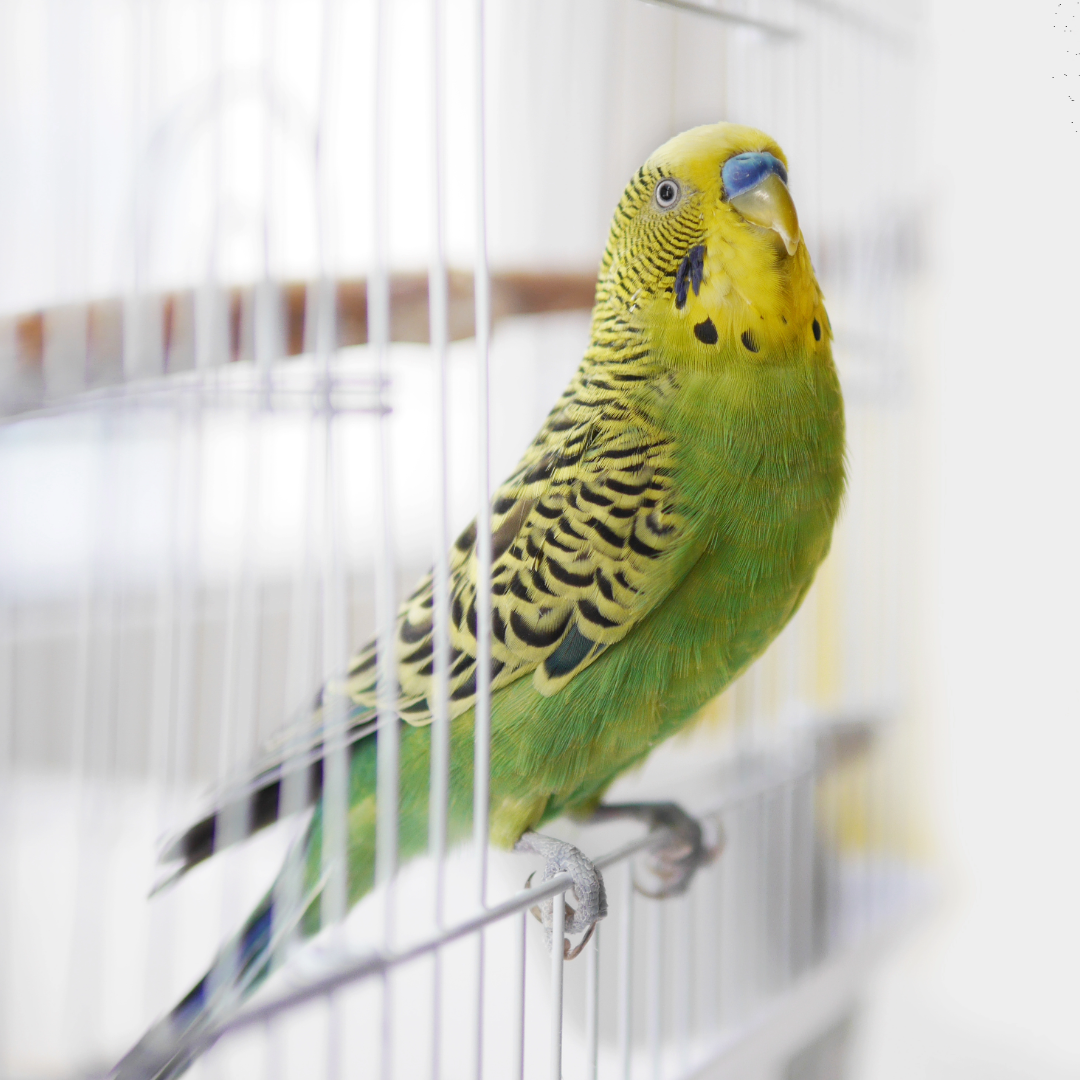Welcome to the colorful and chirping world of pet birds and parrots! As a bird owner or a prospective one, you've likely pondered over the best ways to provide a comfortable and stimulating environment for your feathered friends. One of the most crucial aspects of bird care is selecting the right cage – it's not just a space for your birds to dwell in, but their sanctuary and playground too. In this post, we'll explore the essential considerations for choosing the correct cage size for your pet birds and parrots, ensuring their health, happiness, and longevity.
1. Understanding Space Requirements
Birds are not mere ornaments; they are intelligent, active, and social creatures that need space to live, play, and exercise. The size of the cage significantly impacts their quality of life. As a general rule, the cage should be large enough for your bird to comfortably spread its wings, hop around, and have a variety of perches at different levels and orientations.
Parrots, being highly intelligent and active, require more space than smaller bird species. They need room for toys, swings, and perhaps even a companion. A cage for a parrot should be spacious enough for them to fly short distances, as this promotes healthy exercise and mental stimulation.
2. Size Guidelines by Species
Every bird species has its unique requirements:
- Small Birds (Budgies, Canaries, Finches): For these tiny flyers, a cage measuring at least 45x45x45 cm is recommended. However, more space is always better, especially if you're housing multiple birds or if the cage is their primary living space.
- Medium Birds (Cockatiels, Lovebirds, Small Parakeets): These birds are more active and benefit from cages that are at least 60x60x60 cm. They enjoy flying horizontally, so a wider cage is preferred over a taller one.
- Large Birds (African Greys, Amazons, Eclectus): These species require substantial space. A minimum cage size of 90x60x120 cm is suggested. Large parrots benefit from cages that allow them to climb and explore different levels.
- Extra-Large Birds (Macaws, Large Cockatoos): The largest of pet birds, these species need cages that are a minimum of 90x120x150 cm. They require sturdy construction and ample space to accommodate their powerful beaks and large tails.
3. Factors to Consider
- Bar Spacing: Ensure the bar spacing of the cage is appropriate for your bird's size. Too wide, and your bird might try to escape or get stuck; too narrow, and it can restrict visibility and interaction.
- Shape and Orientation: Birds prefer living spaces that are wider than they are tall, as this mimics their natural flying patterns. While round cages might seem aesthetically pleasing, they are not recommended as birds can feel insecure without corners.
- Material and Durability: Stainless steel iron cages are durable and safe choices. Beware of toxic materials, coatings or poorly galvanized cages that birds can ingest by chewing.
- Ease of Cleaning: Look for cages with features that make cleaning less of a chore. Removable trays, swivel feeders, and doors that allow easy access to the interior are beneficial.
4. Beyond the Cage: The Importance of Out-of-Cage Time
Remember, a cage, no matter how spacious or enriching, is no substitute for the freedom and interaction that birds need. Daily out-of-cage time in a bird-proofed room is crucial for their physical and mental well-being. It's an opportunity for exercise, exploration, and bonding with you.
5. Conclusion
Choosing the right cage for your pet bird or parrot is a fundamental step in ensuring their happiness and health. While the guidelines above offer a starting point, remember that bigger is generally better when it comes to your bird's living space. Invest in a high-quality cage, enrich it with toys and perches, and supplement cage life with plenty of interaction and free-flight time. With the right environment, your feathered friends will thrive, bringing joy, color, and song into your home.

